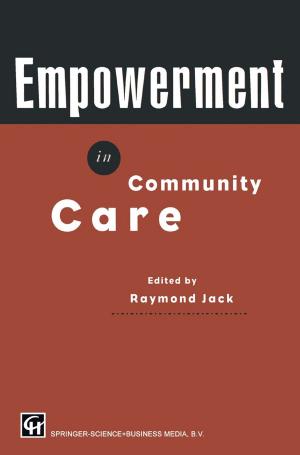The Impulsive Personality
Understanding People with Destructive Character Disorders
Nonfiction, Health & Well Being, Medical, Specialties, Psychiatry, Psychology, Personality| Author: | H.A. Wishnie | ISBN: | 9781468422955 |
| Publisher: | Springer US | Publication: | December 6, 2012 |
| Imprint: | Springer | Language: | English |
| Author: | H.A. Wishnie |
| ISBN: | 9781468422955 |
| Publisher: | Springer US |
| Publication: | December 6, 2012 |
| Imprint: | Springer |
| Language: | English |
I began this book with two purposes. One goal was to present clinical information to support the belief that many of society's allegedly unh'eatable people could be helped to change their de structive patterns of living. A second purpose was to present a clear and simple primer for two groups of workers in the field. Most treatment institutions depend upon the services of nurses, aides, guards, and corrections officers. These people, who are the least prepared, do the hulk of the treatment. Because impulsive people learn much from their daily interactions out side of formal therapy, the understanding and the training of this "front-line" working staff are crucial. These staff members may find the second part of the book more helpful because of its use of clinical examples and techniques. The other group for whom this book is written includes those who are beginning in the mental health or corrections field. The concept of useful treatment of impulse-ridden people has only begun to be introduced into professional training pro grams. The assumption that these individuals were untreatable has kept many professionals at the fringes of this field. For this reason, I hope that the book will find its way into the hands of psychiatric residents, psychologists, social workers, nurses, pro bation officers, prison guards, youth workers, policemen, judges, etc.
I began this book with two purposes. One goal was to present clinical information to support the belief that many of society's allegedly unh'eatable people could be helped to change their de structive patterns of living. A second purpose was to present a clear and simple primer for two groups of workers in the field. Most treatment institutions depend upon the services of nurses, aides, guards, and corrections officers. These people, who are the least prepared, do the hulk of the treatment. Because impulsive people learn much from their daily interactions out side of formal therapy, the understanding and the training of this "front-line" working staff are crucial. These staff members may find the second part of the book more helpful because of its use of clinical examples and techniques. The other group for whom this book is written includes those who are beginning in the mental health or corrections field. The concept of useful treatment of impulse-ridden people has only begun to be introduced into professional training pro grams. The assumption that these individuals were untreatable has kept many professionals at the fringes of this field. For this reason, I hope that the book will find its way into the hands of psychiatric residents, psychologists, social workers, nurses, pro bation officers, prison guards, youth workers, policemen, judges, etc.















